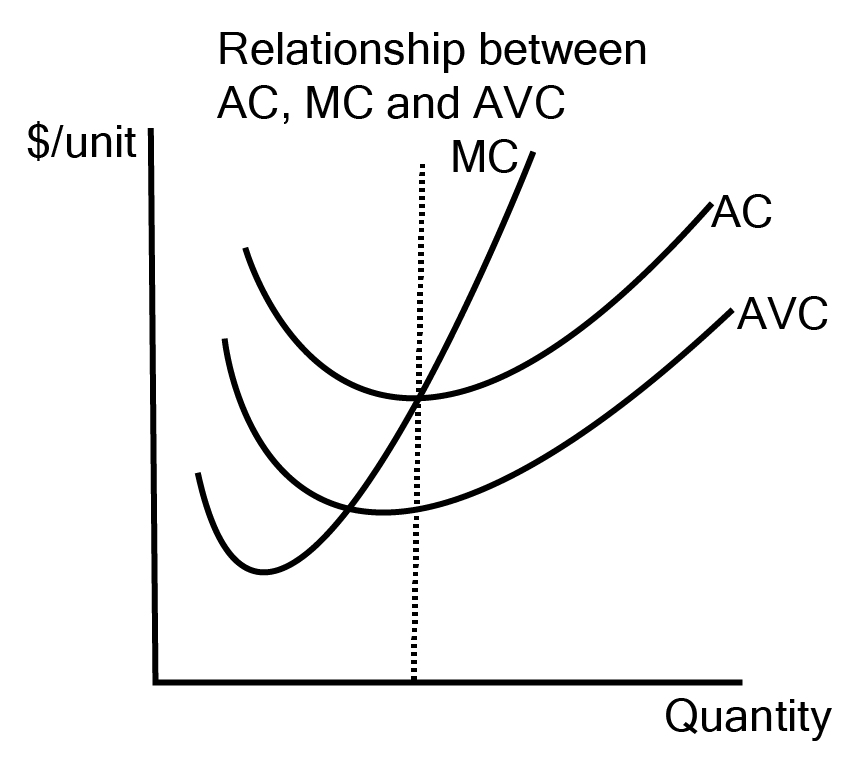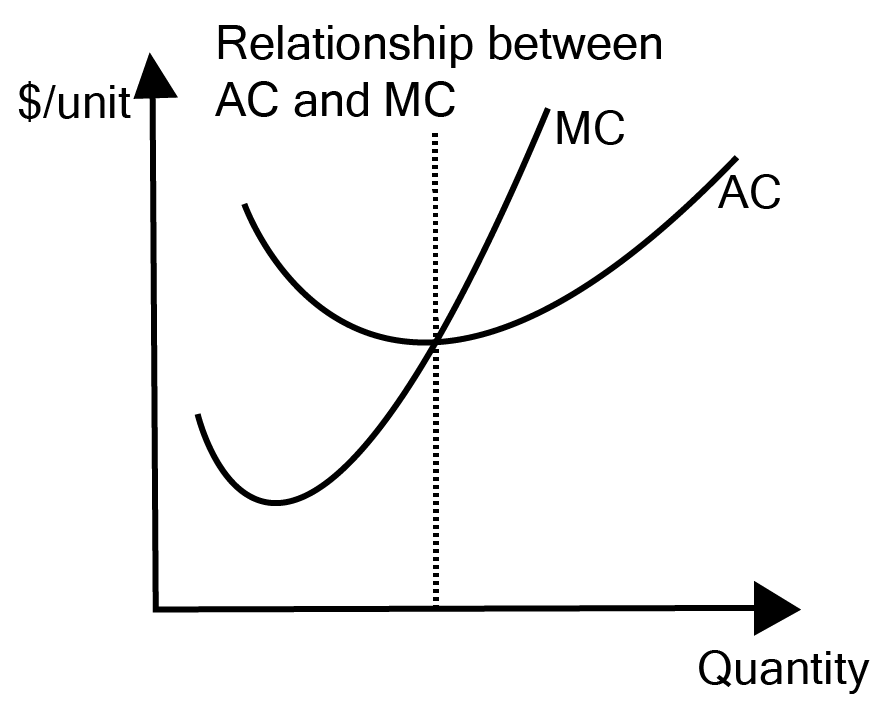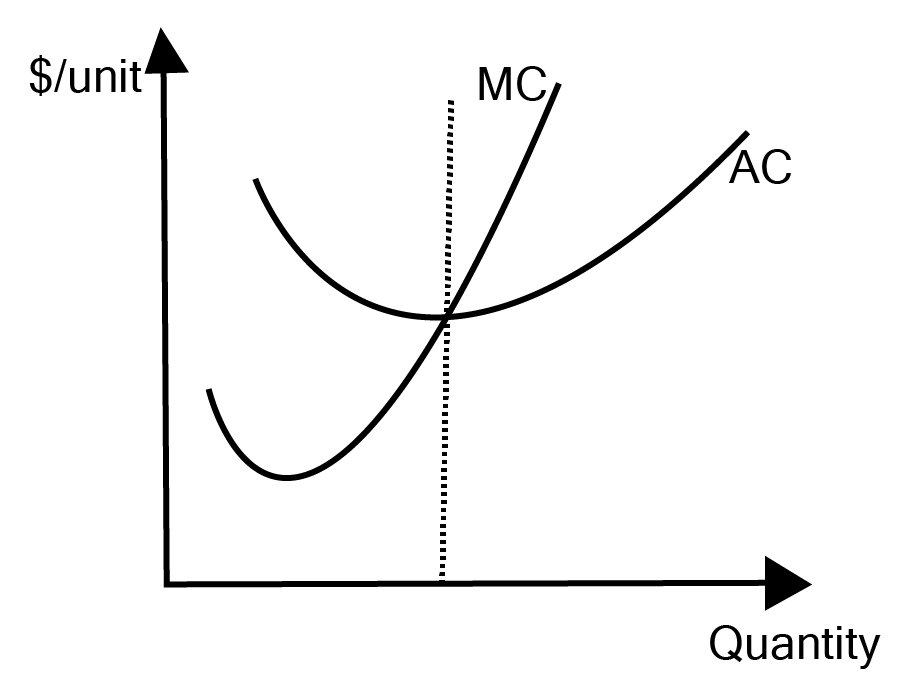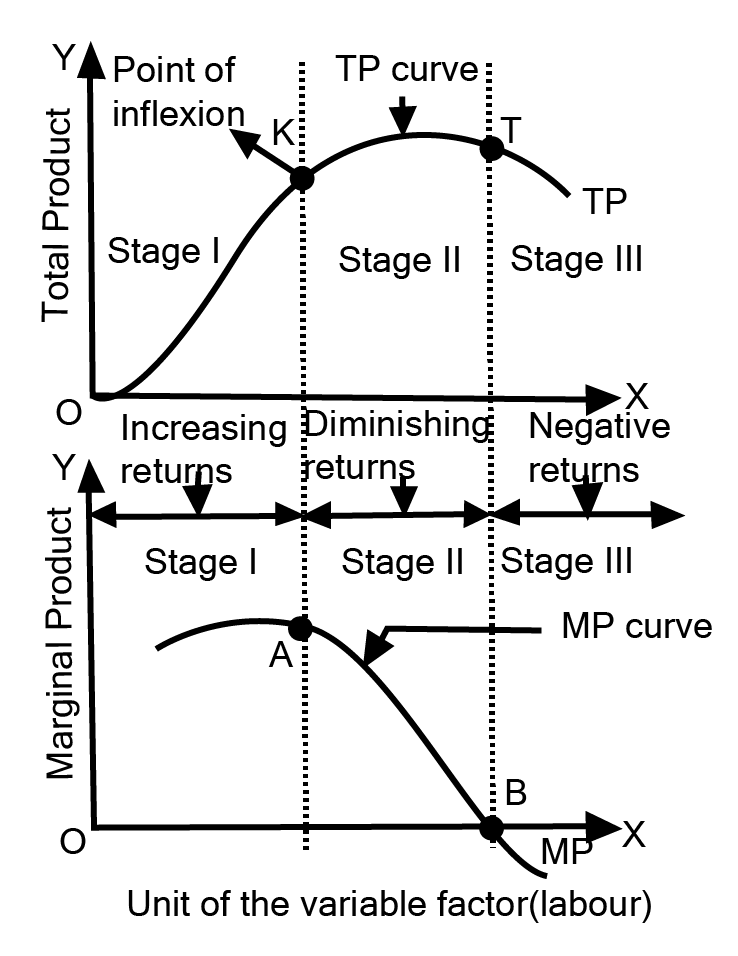Production and Costs Class 12 Extra Questions and Answers Free PDF Download
FAQs on CBSE Important Questions for Class 12 Economics Production and Costs - 2025-26
1. What are the most expected 5-mark questions for CBSE Class 12 Micro Economics Chapter 3 - Production and Costs in the 2025–26 board exam?
For the 2025–26 boards, important 5-mark questions may include:
- Explaining the Law of Variable Proportions with a diagram and stages
- Describing the relationship between Average Cost (AC) and Marginal Cost (MC) using a labeled curve
- Discussing the types of production costs with real-life examples
2. Which short answer questions from Production and Costs are important for achieving marks efficiently in CBSE exams?
Expected short answer questions (1- or 3-marks) often cover:
- Definition of Total Product (TP), Average Product (AP), and Marginal Product (MP)
- Difference between Total Variable Cost (TVC) and Total Fixed Cost (TFC)
- Shape and behavior of the Average Fixed Cost (AFC) curve
3. How should students approach HOTS (Higher Order Thinking Skills) questions from Production and Costs for maximum marks?
To excel in HOTS questions:
- Analyze scenarios using the Law of Diminishing Returns
- Interpret diagrams showing the relationship between different cost curves
- Apply opportunity cost concepts to real-life business choices
4. What marking trends and question types are observed in CBSE Class 12 board exams for Production and Costs?
Recent marking trends show repetitive focus on:
- Short run vs long run costs distinctions
- Law of Variable Proportions with stages and diagrammatic clarity
- Real-life illustrations of explicit and implicit costs
5. How can students avoid common conceptual traps when answering questions on the Law of Variable Proportions in board exams?
Avoid these traps:
- Incorrectly assuming Total Product (TP) decreases as soon as returns diminish; TP still rises but at a slower rate
- Confusing the three stages—optimal output lies in the diminishing returns (Stage II), not when MP is negative
- Mislabeling axes or curves in diagrams
6. Why does the Average Fixed Cost (AFC) curve never touch the x-axis in cost diagrams?
Average Fixed Cost (AFC) is calculated as Total Fixed Cost divided by output (AFC = TFC/Q). Since TFC is always positive, AFC approaches zero as output increases but never reaches it, resulting in a curve that never touches the x-axis. This concept is frequently tested for 1-mark clarity in CBSE exams.
7. How does understanding Marginal Cost (MC) help in decision-making for producers, as per CBSE exam expectations?
Marginal Cost (MC) shows the additional cost of producing one more unit. Producers use MC to determine the most profitable output level, set competitive pricing, and minimize losses. Board questions often test the application of MC concepts for managerial decisions and production planning.
8. What is the relationship between Average Cost (AC) and Marginal Cost (MC), and how can it be tested in board exam diagrams?
The relationship includes:
- If MC < AC, AC falls
- If MC > AC, AC rises
- MC intersects AC at AC's minimum point
9. Compare explicit and implicit costs with examples relevant to the CBSE syllabus.
Explicit costs are actual payments made to outside resources, for example, wages paid to hired workers. Implicit costs refer to the value of self-owned resources, such as the foregone salary of an entrepreneur managing their own business. Both are integral in calculating total economic cost and are key board exam topics.
10. Why is Total Variable Cost (TVC) zero at zero output, while Total Fixed Cost (TFC) remains constant?
When output is zero, no variable inputs are used, so TVC is zero. However, TFC such as rent or salaries must still be paid, regardless of output level. This distinction is frequently tested through direct 1-mark questions in CBSE board exams.
11. How can the Law of Diminishing Marginal Product influence cost curves in the short run?
As the Law of Diminishing Marginal Product sets in, Marginal Product decreases. This makes Marginal Cost (MC) rise as more variable inputs are added, causing the MC and Average Variable Cost (AVC) curves to slope upward—an important CBSE cost analysis trap area.
12. What is the importance of opportunity cost in production decision-making for board questions?
Opportunity cost represents the value of the next best alternative foregone. It is crucial for evaluating alternative production options, resource allocation, and maximizing efficiency—frequently tested in application-type CBSE questions to assess economic reasoning.
13. What are the different types of production costs as per CBSE Class 12 syllabus, and give examples?
There are several types:
- Money cost (actual expenditure on production)
- Explicit cost (paid out, e.g., wages)
- Implicit cost (unpaid, e.g., owner’s input)
- Real cost (physical efforts and sacrifices)
- Opportunity cost (next best use foregone)
- Fixed cost (rent, salaries)
- Variable cost (raw materials, power)
14. How can students best demonstrate the relationship between Average Variable Cost (AVC) and Marginal Cost (MC) in CBSE exam answers?
Board answers should state:
- If MC is below AVC, AVC falls
- If MC exceeds AVC, AVC rises
- The MC curve intersects AVC at its lowest point
15. How do technological advancements affect cost curves in the short run, as per CBSE board exam standards?
Technological improvements increase production efficiency, reducing Average Cost (AC) and Marginal Cost (MC) at each output level. This often causes the curves to shift downward. Board questions may ask for analysis or diagrammatic impact to check application of this concept.






























